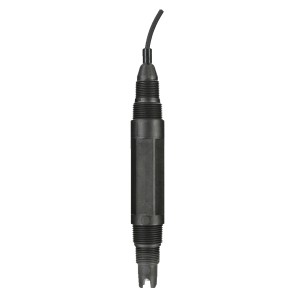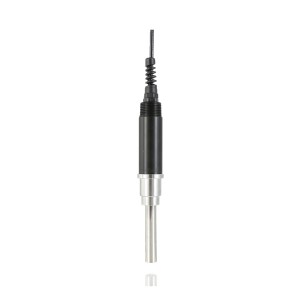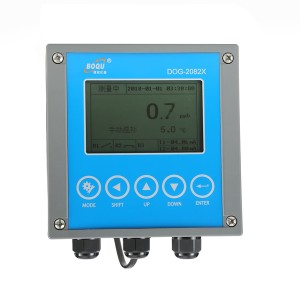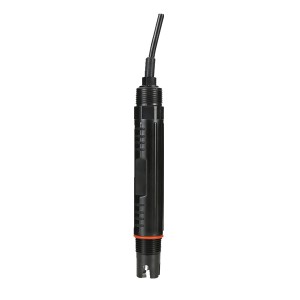In recent years, the integration of digital pH sensors with Internet of Things (IoT) technology has revolutionized the way we monitor and control pH levels across industries. The use of traditional pH meters and manual monitoring processes is being replaced by the efficiency and accuracy of digital pH sensors capable of real-time data transmission and analysis. This breakthrough technology not only changes the way we monitor pH, but also brings a wide range of benefits to industries such as agriculture, water treatment and pharmaceuticals.
One of the main advantages of IoT digital pH sensors is the ability to continuously monitor pH levels in real time. Traditional pH meters require manual sampling and testing, which can be time-consuming and may not provide a complete understanding of pH fluctuations. With a digital pH sensor connected to an IoT platform, users can remotely monitor pH levels and receive real-time alerts when they deviate from the desired range. This enables proactive, immediate response to maintain optimal pH levels, ultimately increasing operational efficiency and reducing the risk of damage or product quality issues.
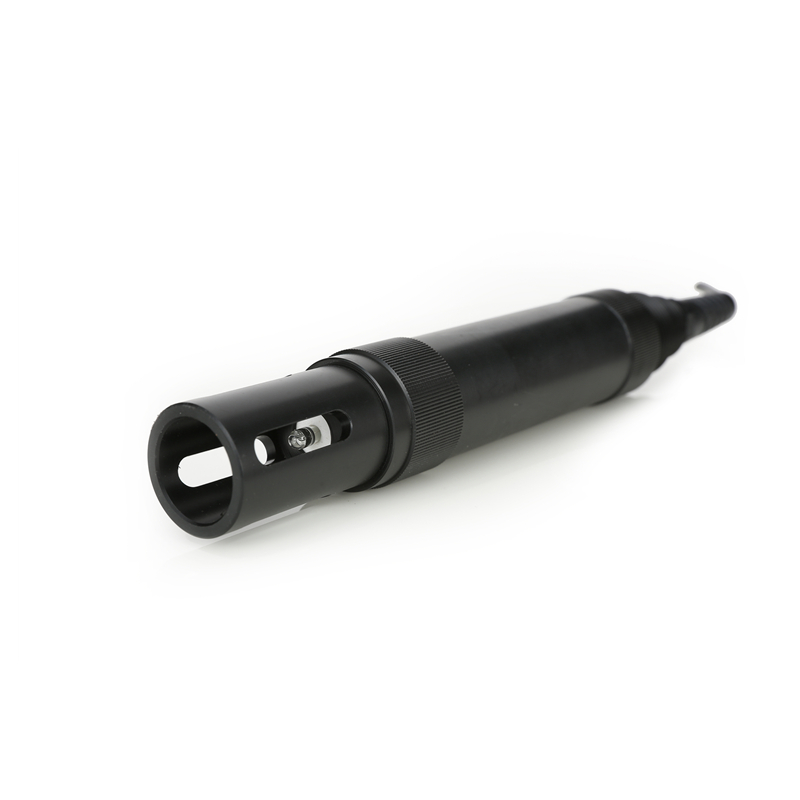

IoT Digital pH sensors offer advanced data analysis capabilities that go beyond basic pH monitoring. By collecting and analyzing continuous pH data, industry can gain valuable insights into pH trends, patterns, and correlations with other variables. This enables informed decisions in process optimization, quality control and predictive maintenance. For example, in agriculture, data collected from digital pH sensors integrated with IoT can help farmers optimize soil pH levels to improve crop yields and resource management.
Another significant benefit of using IoT digital pH sensors is seamless integration with existing systems and processes. These sensors can be easily connected to IoT platforms and existing infrastructure, enabling centralized monitoring. This integration facilitates automation and connectivity with other smart devices, enabling a more comprehensive and intelligent pH monitoring system. Additionally, the availability of cloud-based digital pH sensor IoT platforms provides industries with the scalability and flexibility to adapt and expand their monitoring capabilities as needed.
In summary, the combination of digital pH sensors and IoT technology is changing pH monitoring practices across industries. The real-time monitoring, advanced analytics and seamless integration capabilities of digital pH sensors provide unparalleled advantages for improving operational efficiency, product quality and resource management. As this technology continues to evolve, we expect to see more innovative applications and benefits in the future. Employing the power of digital pH sensors in the Internet of Things is not only an advancement in the field of pH monitoring, but also a leap towards a smarter, more sustainable industry.
Post time: Feb-05-2024

